
Imagine a world where the stripes on a cat are a genetic time capsule—some so rare they border on extinction, others so common they’ve become social media celebrities through memes and viral videos.
Tabby cats aren’t just a common breed; they’re a living history book of feline evolution, with each color telling a story about genetic mutation, migration, and sometimes even myth.
Today, we’ll examine the cat breed whose coloring ranges from nearly extinct to the shades we see almost daily, whether on the streets or online.
The “M” Mark: Why Every Cat Is Born a Tabby
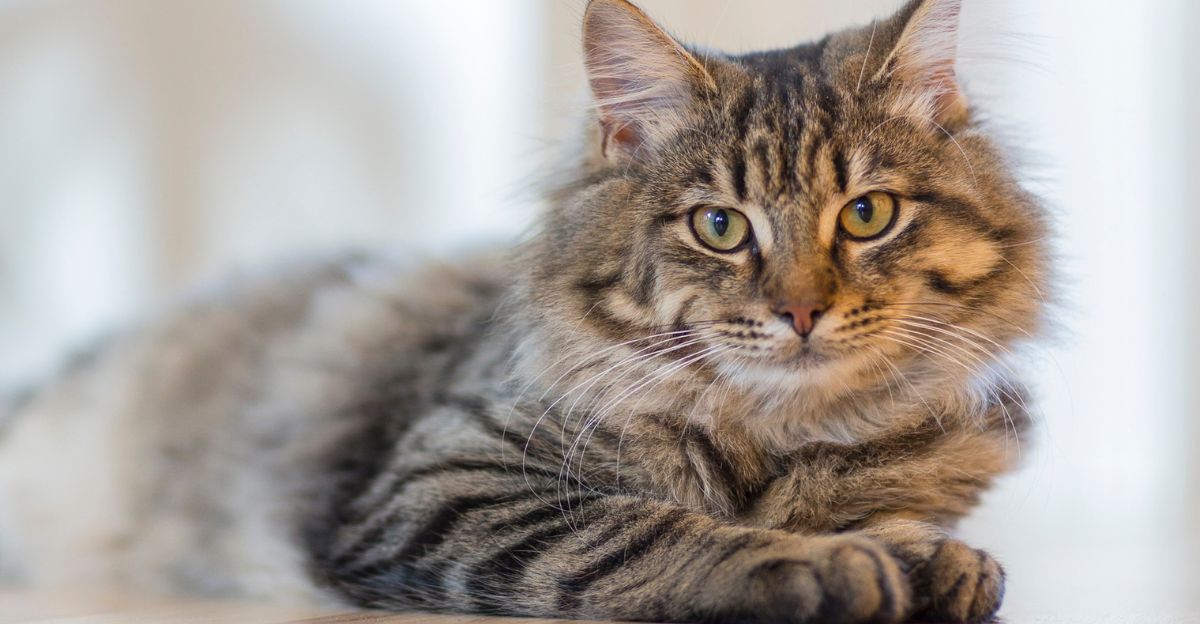
All domestic cats possess the agouti gene, which is responsible for tabby patterns. However, sometimes, this gene is more pronounced in one cat and hidden in the next. Further, all tabbies have a distinctive feature: an “M” on their forehead indicating their ancient lineage.
So, technically, and scientifically speaking, your gorgeous mini panther is as much a tabby as the ginger cat next door.
1. Amber Tabby: The Color That’s Almost a Ghost

Amber tabby cats are so rare, they’re almost mythical. Found almost exclusively in Norwegian Forest Cats, kittens are born with black stripes that change to a golden amber color as they mature. It’s a genetic trick as a result of a rare mutation. They’re so rare that some breeders fear that if they aren’t actively preserved, they could be lost altogether.
2. Fawn Tabby: The Whisper of Warmth
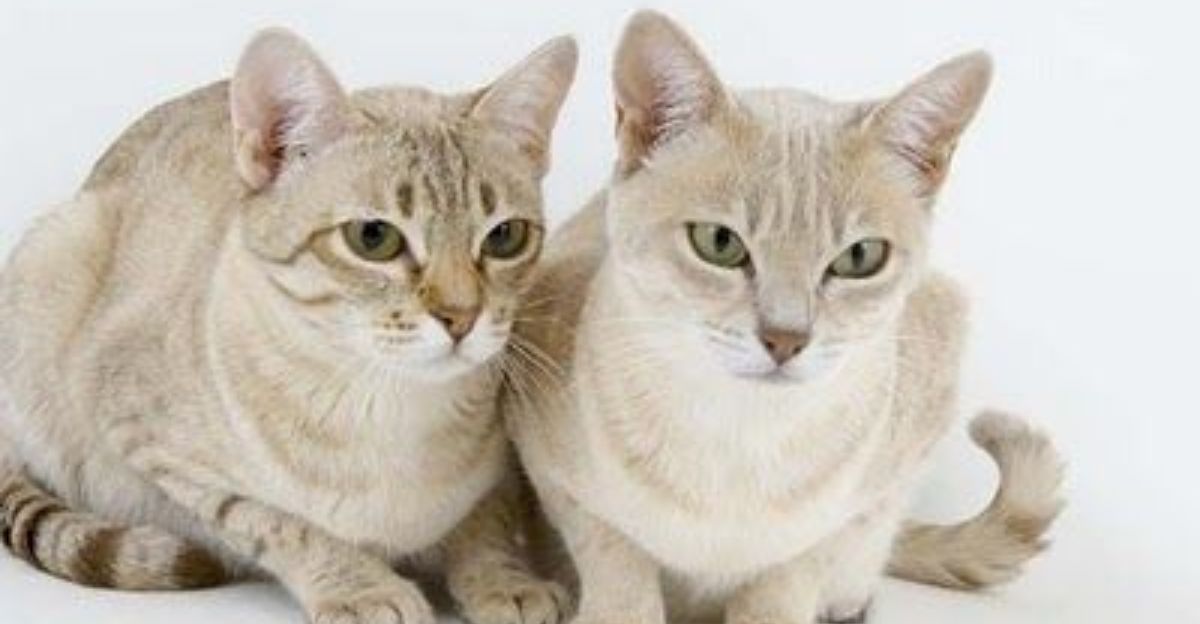
Fawn tabbies are a diluted, uncommon version of the cinnamon tabby, with a light, warm beige or pale brown coat. This coloring, seen in pedigree breeds like the Abyssinian and British Shorthair, is treasured for its subtlety and refinement. However, it is so uncommon that many cat enthusiasts have never even seen one in person.
3. Cinnamon Tabby: A Genetic Lottery Few Cats Win

Cinnamon tabbies, with their warm copper-red coats ticked in chocolate brown hairs, are a genetic jackpot only possible if both parents carry the rare recessive tyrosinase-related protein 1 gene. Most often seen in Abyssinians, they are rare enough that spotting one in a shelter is like finding a four-leaf clover, making them a cult favorite among cat geneticists and breeders alike.
4. Chocolate Tabby: The Sweetest Rarity You’ll Seldom See

Chocolate tabbies, with their deep brown hues, are another product of genetic chance. The same gene that creates cinnamon tabbies can, through a different allele, create a rich chocolate coat. Seldom encountered outside of dedicated breeding programs, their lighter “lilac” counterparts are even more elusive. Therefore, they’re the subject of envy and longing in many cat-lover circles.
5. Rosetted Tabby: The Wildcat’s Legacy
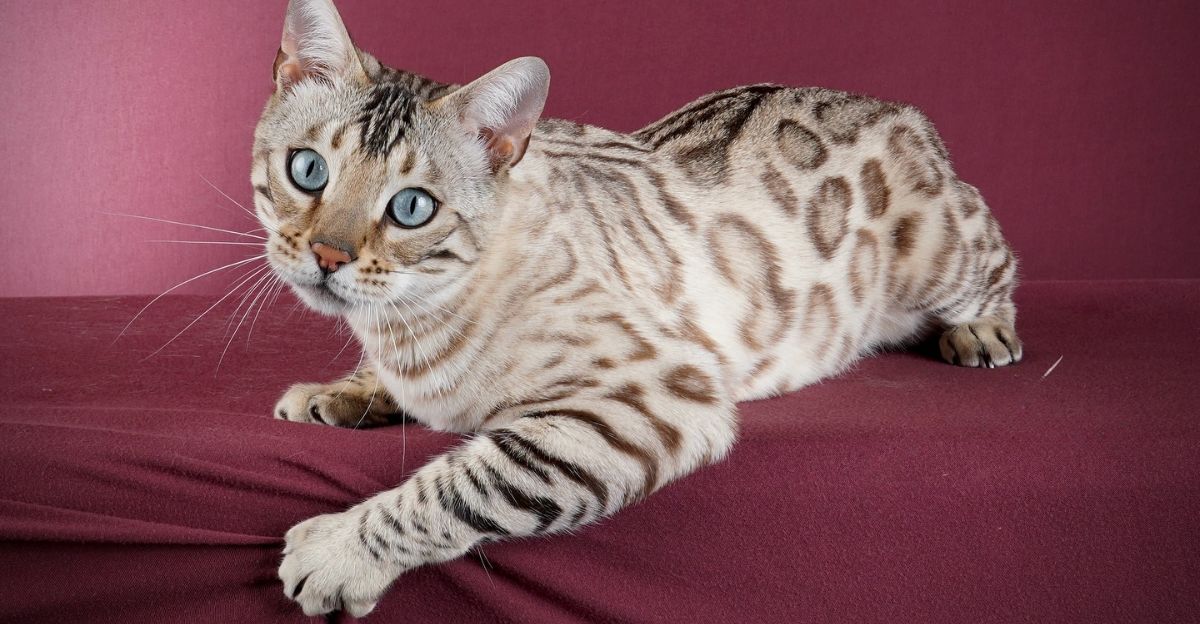
Rosetted tabbies, famously seen in Bengals, have dramatic two-colored markings resembling leopards’ and jaguars’ coats. Unlike the swirls or stripes of the classic tabby, rosettes are multi-angled with a darker outer boundary and lighter center, giving them an exotic look.
The result of hybridization with feral cats, these tabbies are highly sought after but are rare except in specific breeds.
6. Cream Tabby: The Diluted Dream That’s Hard to Find
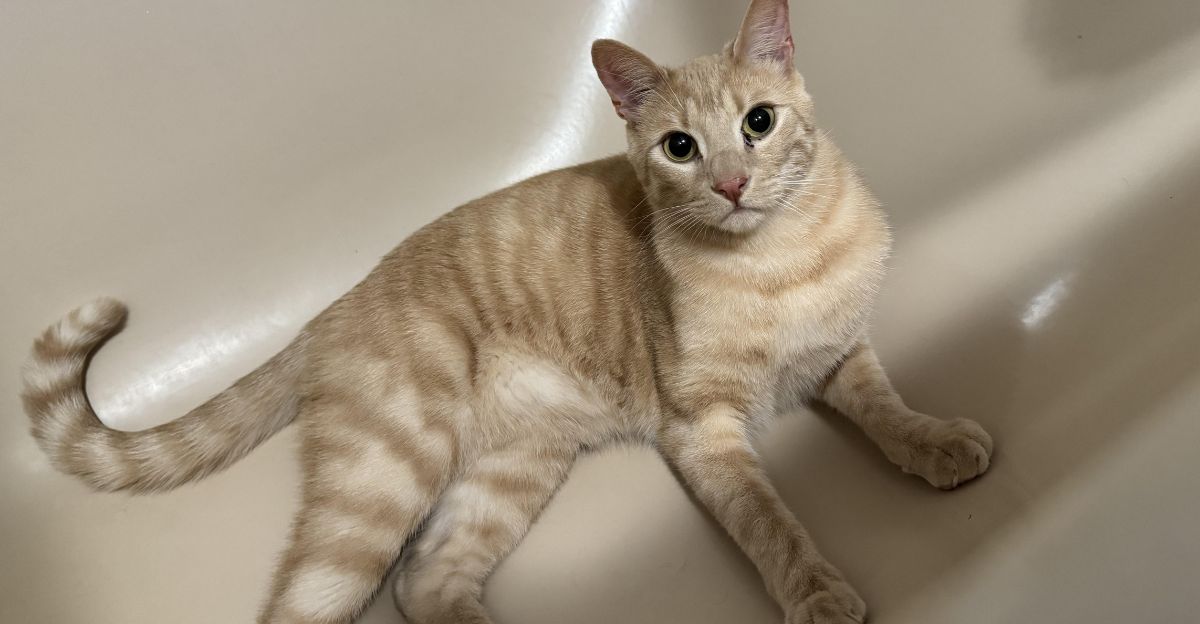
Cream tabbies look like someone washed an orange tabby out, resulting in a softly faded, light, milky hue. This coloring results from two recessive “diluted” Melanophilin (MLPH) genes. They’re uncommon, especially females, due to the complex inheritance of color genes. On Reddit, cream tabby owners compare their rarity to a “shiny Pokémon”—widely coveted but seldom found in the wild.
7. Silver Tabby: Cool as Steel, Rare as Platinum
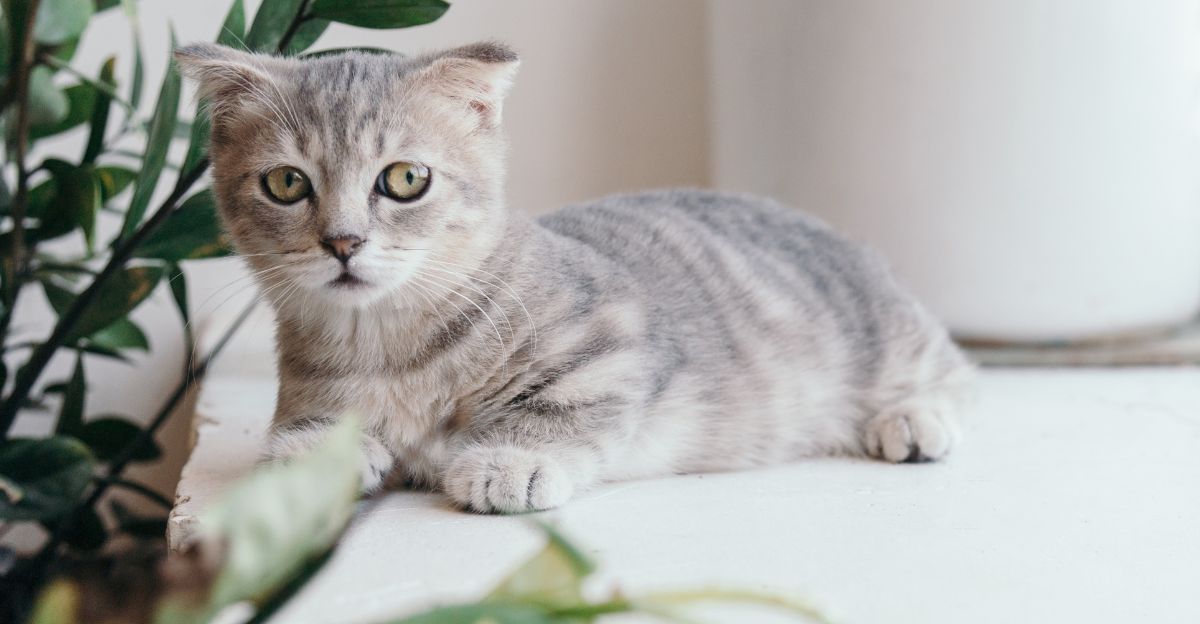
Silver tabbies are instantly recognizable by their high contrast colors: dark stripes over a frosty, near-metallic body color. This coloring is due to the Melanin Inhibitor gene that destroys yellow pigmentation. More common in certain breeds, such as American and British Shorthairs, Maine Coons and Persians, their pure, clear silver coloring is an obvious favorite.
8. Patched Tabby: The Gender-Bending Marvel
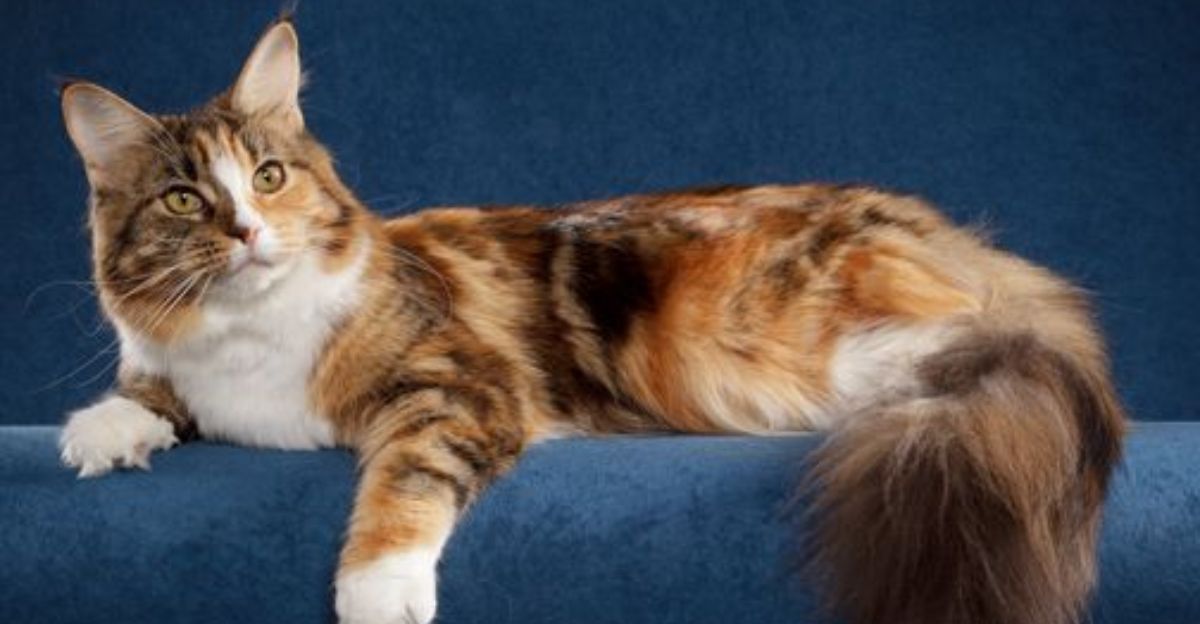
Patched tabbies, or “torbies,” display a striking mix of tabby stripes and tortoiseshell patches. Almost always female, torbies are rare because the genes for black and orange fur reside on the X chromosome. Male torbies are genetic anomalies, generally sterile, and often inspire pure wonder whenever seen.
9. Calico Tabby: The Viral Queens of Cat Content

Calico tabbies, or “calibies,” combine the calico’s tri-color flair with tabby stripes, creating an orange, black, and white work of art. Not as uncommon as amber or cinnamon, true calico tabbies (with well-defined tabby patterns) are still atypical. Most are female, and their dramatic looks have made them social media stars, especially when their “attitude” is as striking as their coats.
10. Orange/Red Tabby: From Garfield to Global Phenomenon

Orange tabbies are so iconic, they’re a pop culture phenomenon. They have a specific gene that means that all orange cats are tabbies. These popular cats are everywhere—from viral TikTok challenges to cartoon celebrities. Interestingly, most orange tabbies are male due to another genetic twist, and their personalities (both real and fictional) are as beloved as their coloring.
11. Gray (Blue) Tabby: The Cool Charmer of the Cat World

Gray tabbies, or “blue” as they’re more commonly known, range from light silver to dark slate, due to a dilution of the black coloring gene (MLPH). They’re not rare, especially in mixed-breed cats, and are known for their laid-back, sophisticated but cuddly nature, making them relatively popular.
12. Brown Tabby: The Ordinary Classic, Hidden in Plain Sight

Brown tabbies are the archetype—the OG of tabby cats. Their striped coats most closely resemble those of their wild ancestors, making them the most common tabby worldwide. From ancient Egypt to your neighborhood alley, brown tabbies have survived, thrived, and become the default “cat” in art, memes, and everyday life.
Explore more of our trending stories and hit Follow to keep them coming to your feed!

Don’t miss out on more stories like this! Hit the Follow button at the top of this article to stay updated with the latest news. Share your thoughts in the comments—we’d love to hear from you!







